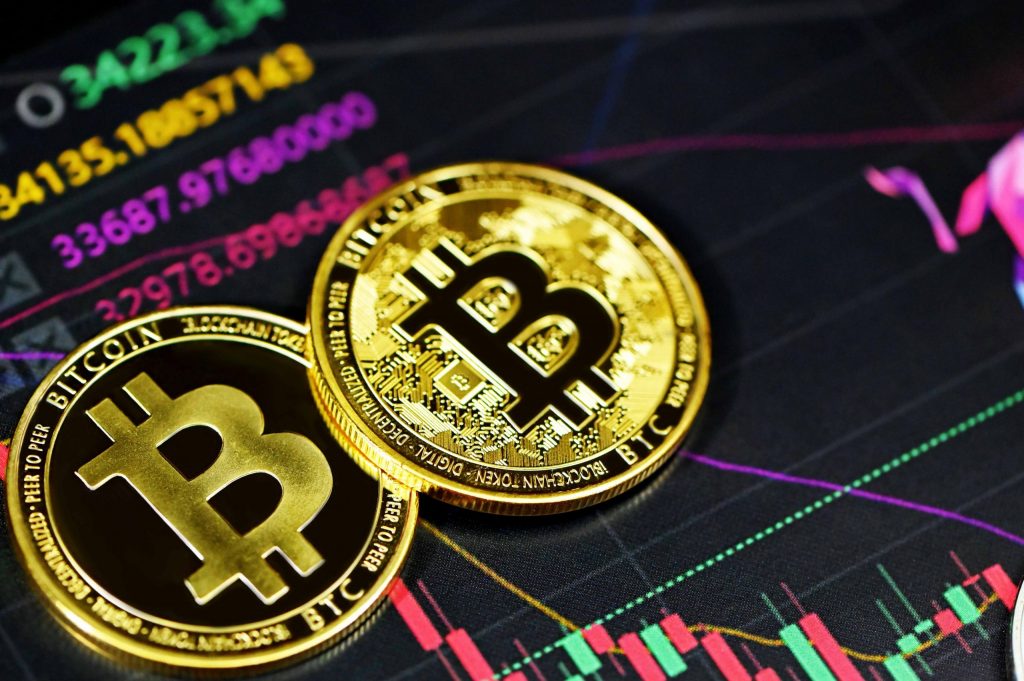Are ETFs more secure than stocks? That’s a question that many traders are asking these days. With all of the market volatility we’ve been seeing, investors are looking for ways to protect their portfolios. And some people think that ETFs might be a safer investment option. But is that the case or is it just a myth? Read on to find out.
What are ETFs, and why have they become so popular recently?
An exchange-traded fund (ETF) is an investment vehicle allowing investors to trade a basket of assets in a single transaction. ETFs are similar to mutual funds but trade on an exchange like stocks. And unlike mutual funds, which are priced once daily, ETFs can be bought and sold throughout the day.
ETFs have become popular in recent years for many reasons. First of all, they’re relatively low-cost. Many ETFs have expense ratios below 0.50%, much lower than the average mutual fund. Second, they offer greater flexibility than traditional investments. For example, investors can use ETFs to short the market or hedge against specific risks. Finally, ETFs tend to be more tax-efficient than mutual funds. So, what does all of this have to do with security?
Benefits of ETFs that might make them seem more secure than stocks
Diversification- One of the most significant advantages of ETFs is that they offer built-in diversification. When you buy an ETF, you’re buying a basket of assets, which can help mitigate risk. For example, if you’re worried about a potential downturn in the stock market, you could invest in an ETF that tracks the bond market. This way, you’d still be invested in the market, but your portfolio would be less exposed to stock market risk.
Liquidity- Another advantage of ETFs is that they’re highly liquid. It means that you can buy and sell them quickly and easily. In contrast, mutual funds can be more challenging to trade. And if you need to sell your investment quickly, you might not be able to do so at the price you want
Transparency- ETFs are also more transparent than mutual funds. You don’t always know what’s happening behind the scenes with a mutual fund. But with an ETF, you can see what assets are in the basket. It makes it easier to understand how your investment is performing and to make informed decisions about buying and selling.
What are some of the risks associated with ETFs?
Market Risk- Like all investments, ETFs are subject to market risk. It means that the value of your investment can go up or down depending on overall market conditions.
Sector Risk- Another risk to consider is sector risk. ETFs that focus on a particular sector, such as energy or technology, can be more volatile than broad-based index funds. It is because sector-specific ETFs are more exposed to the ups and downs of that.
Geographic or Geopolitical Risk- If you’re investing in an international ETF, you also take on geographic risk. It’s the chance that conditions in a particular country or region will affect the performance of your investment. For example, if there’s political unrest in Europe, it could cause the value of your European ETF to go down.
How do ETFs compare to stocks in terms of security and risk factors?
Now that we’ve looked at ETFs’ benefits and risks let’s compare them to stocks. When it comes to security, there are a few key factors to consider.
Volatility- First, it’s important to remember that ETFs can be just as volatile as stocks. So, if you’re worried about market volatility, you might want to reconsider investing in ETFs.
Risk Factors- Another thing to remember is that ETFs are subject to the same risk factors as stocks. It includes things like interest rate risk, political risk, and currency risk. So, if you’re worried about any of these factors, you might want to think twice about investing in ETFs.
In conclusion
ETFs, offer some advantages over stocks, such as built-in diversification and transparency. However, they’re also subject to the same risks as stocks, including market and sector risks. So, before you decide to invest in ETFs, be sure to weigh the pros and cons carefully.

